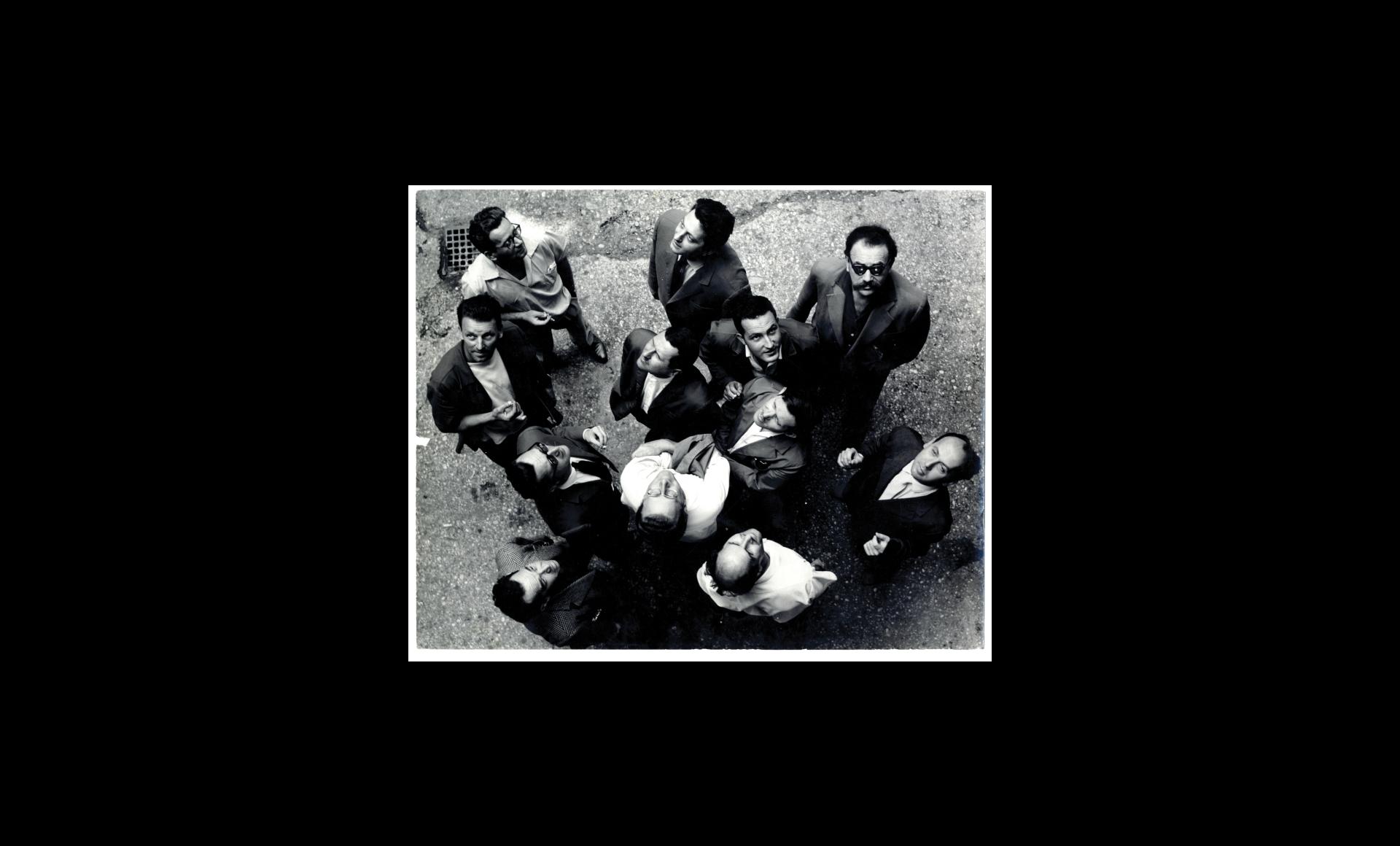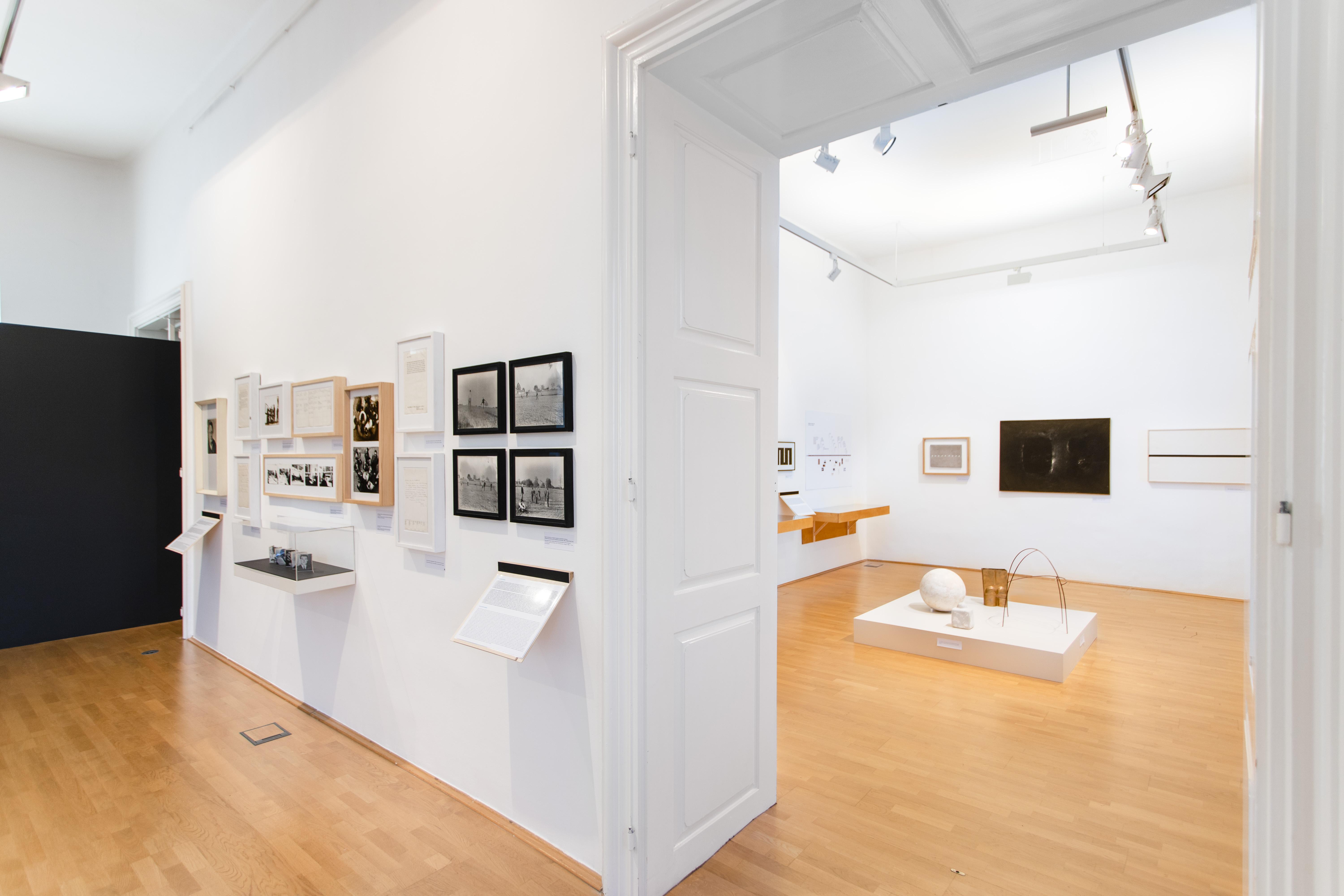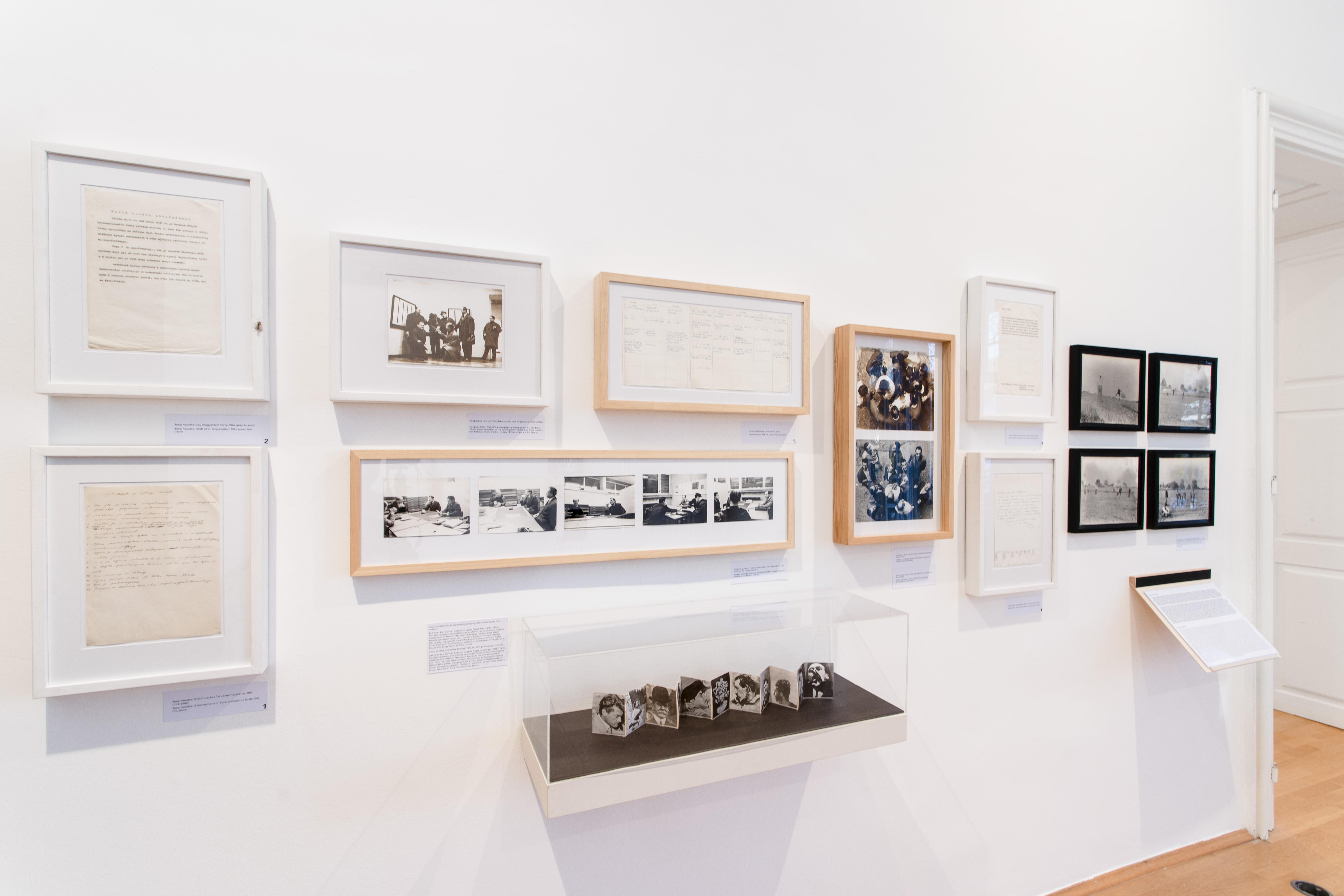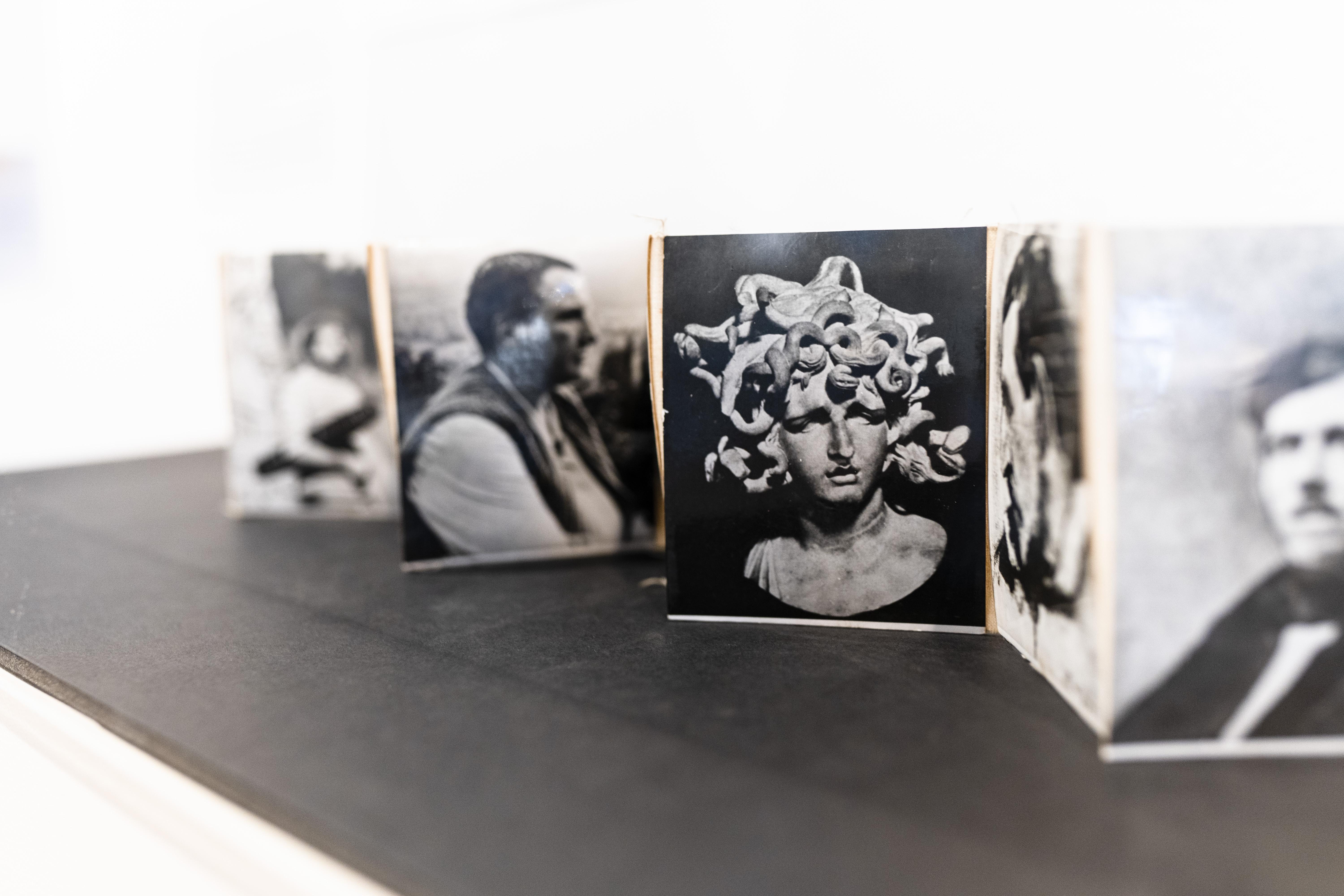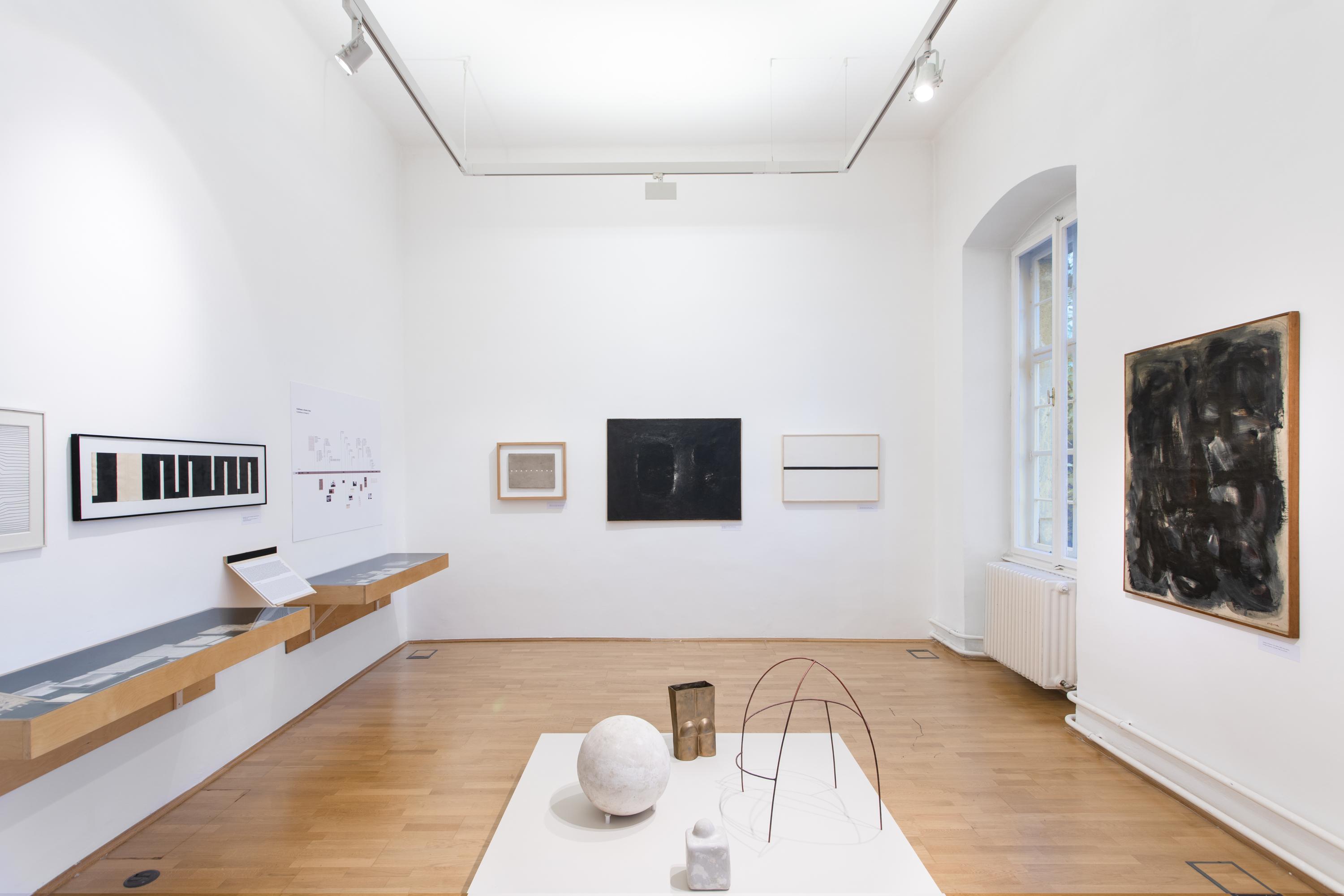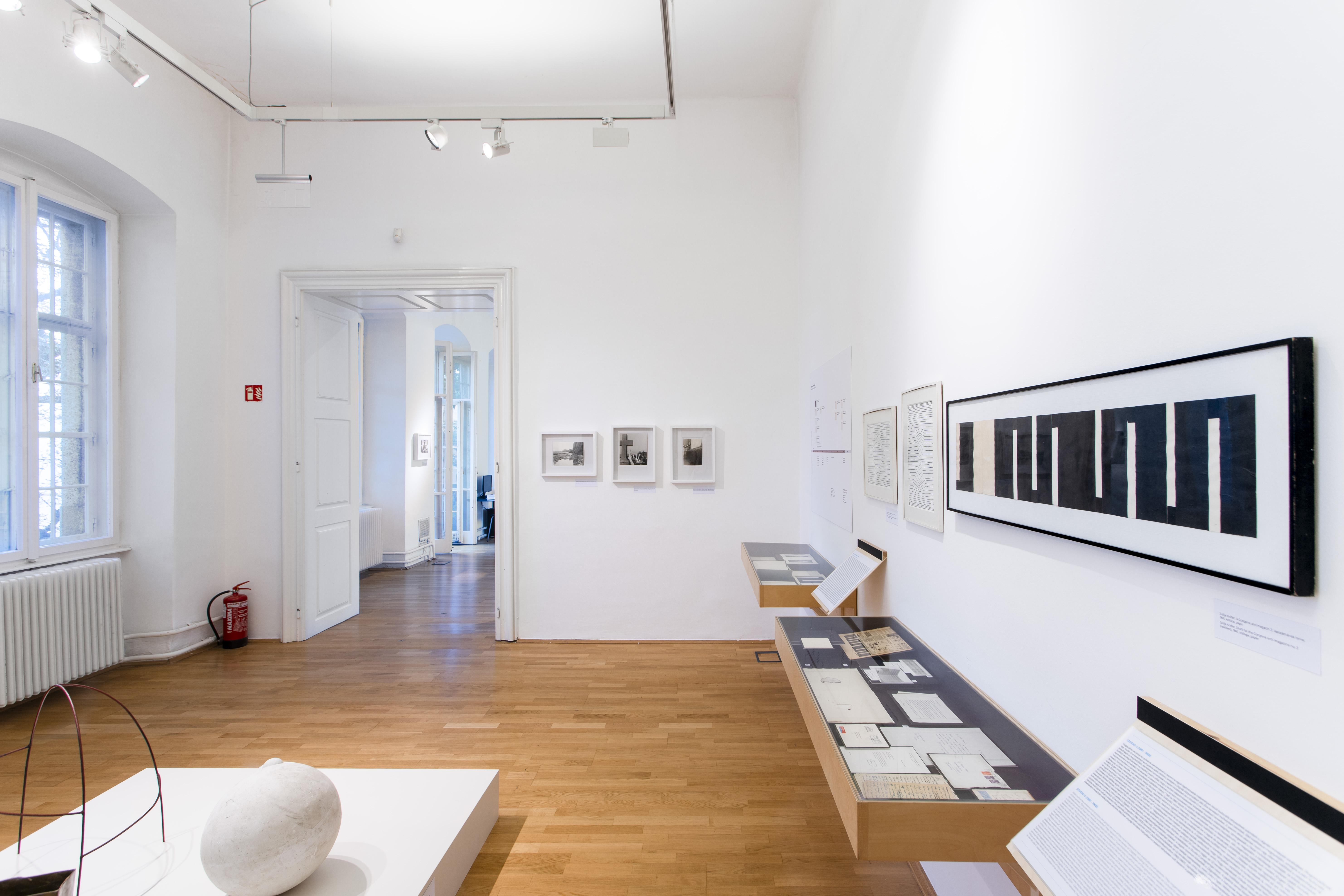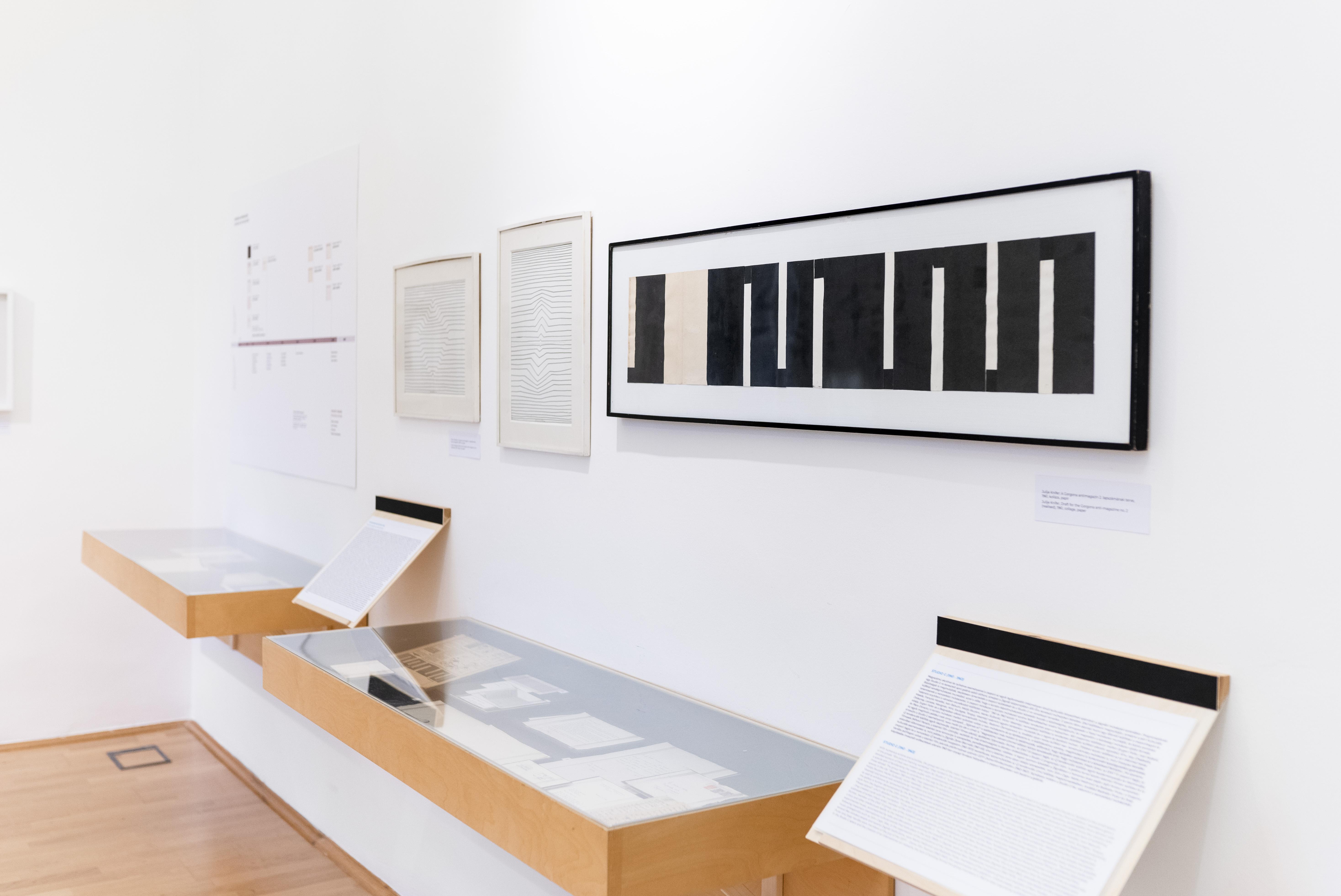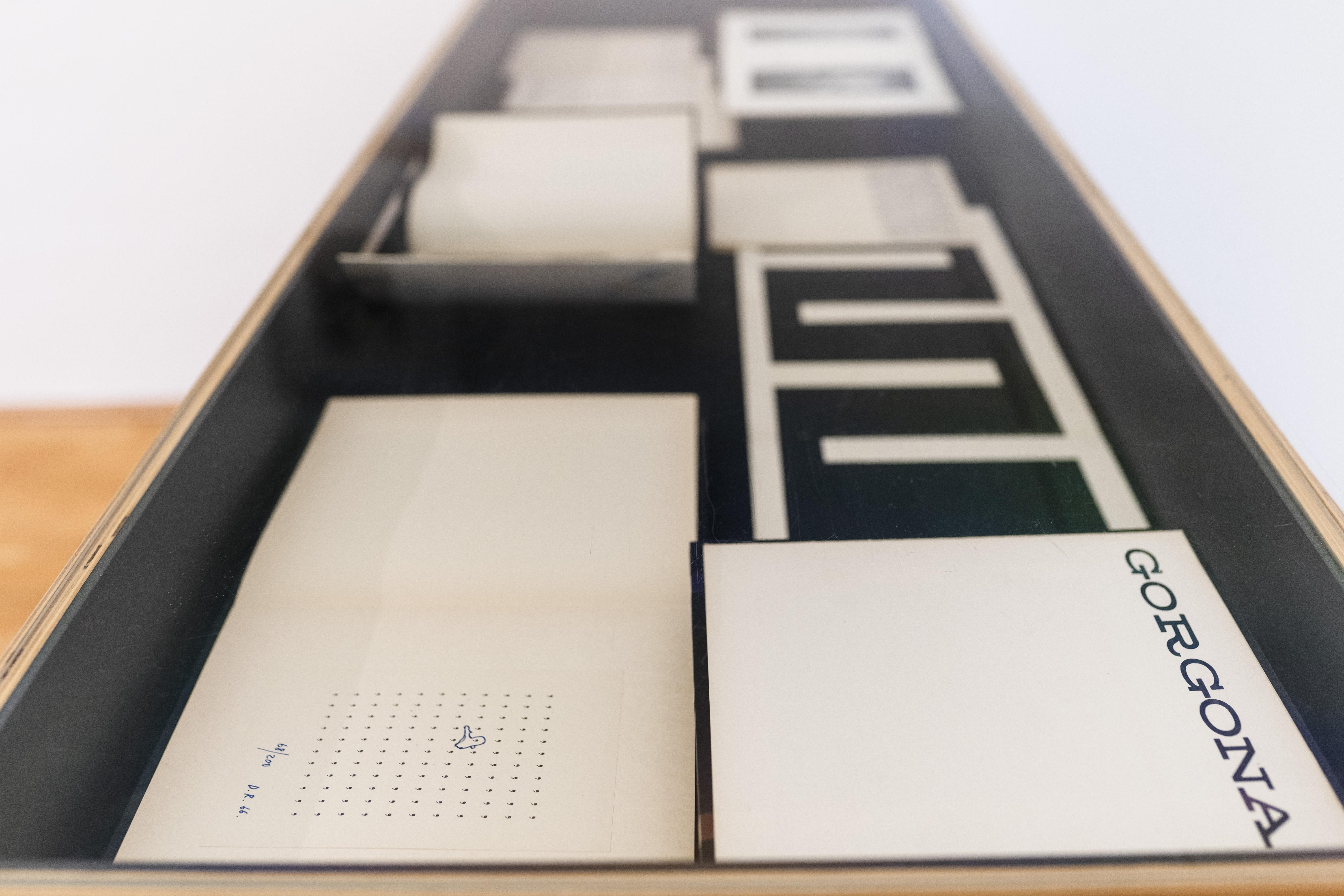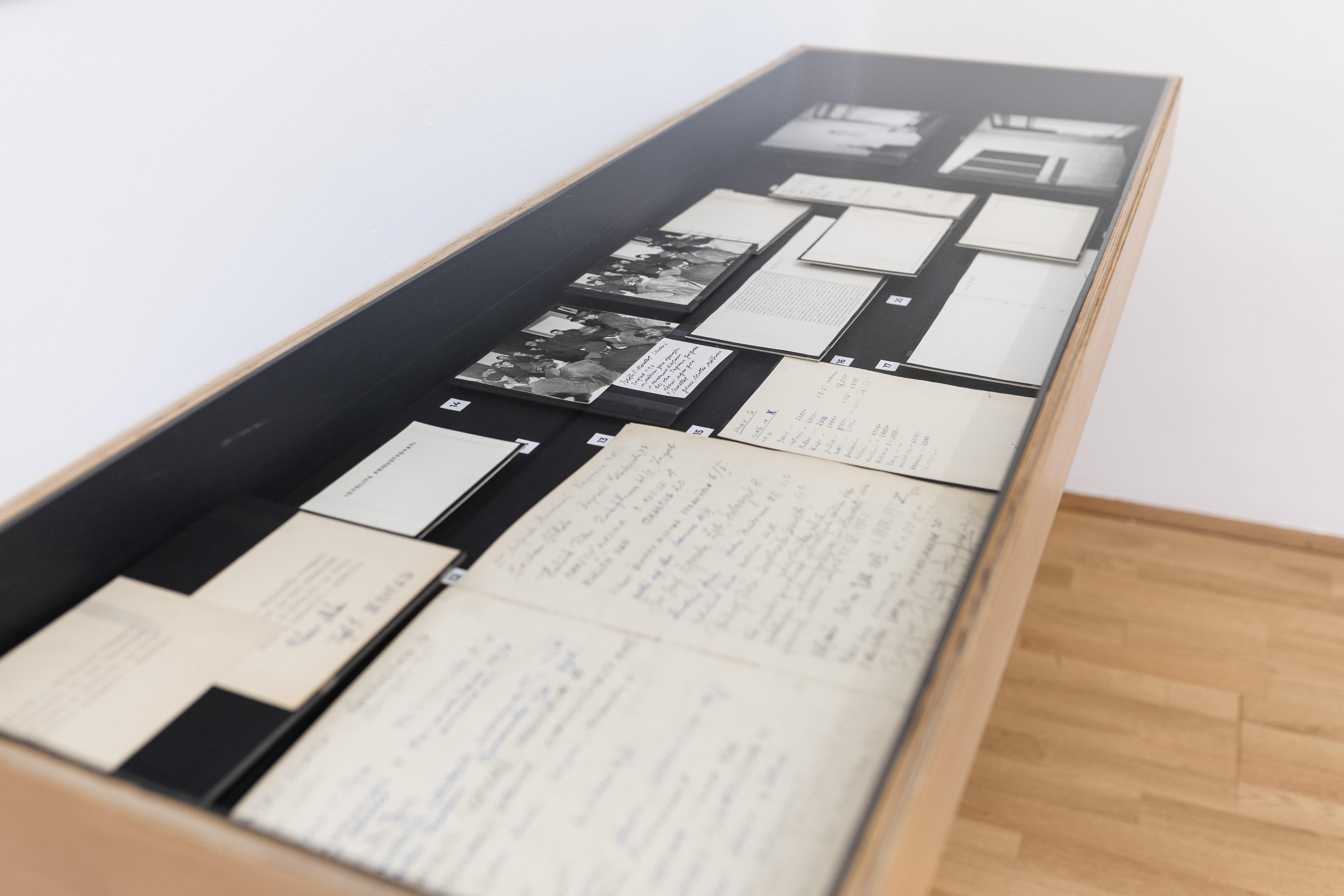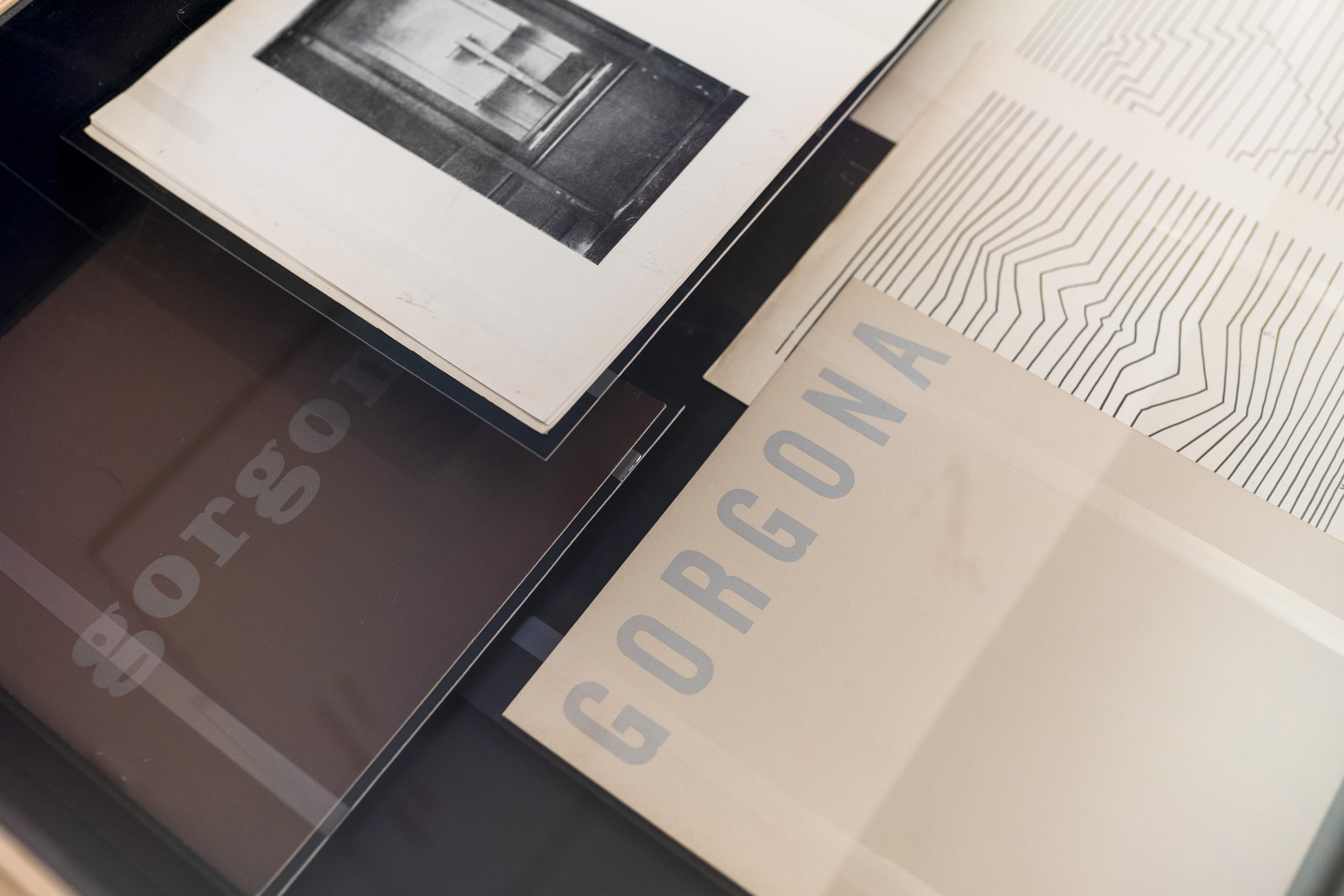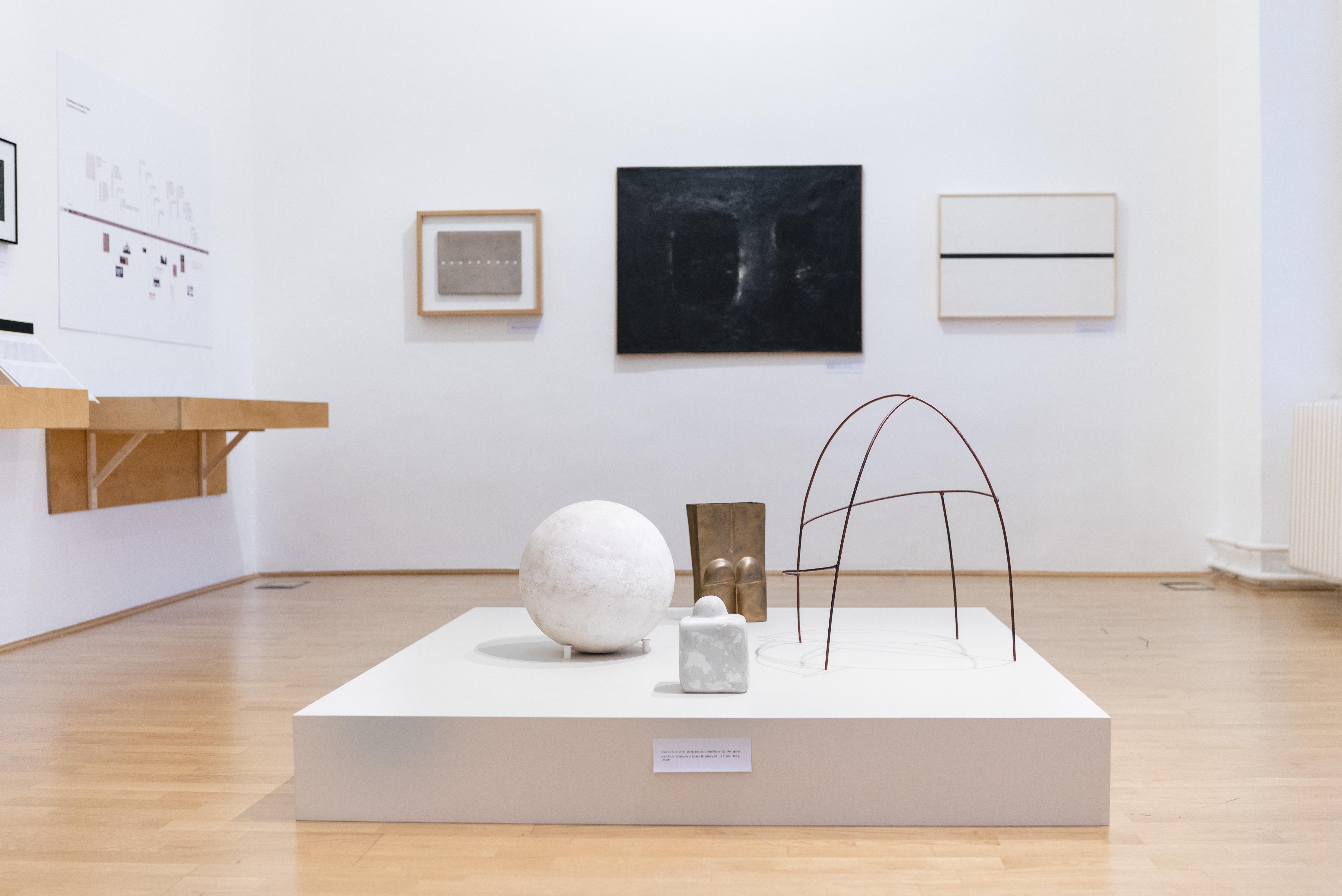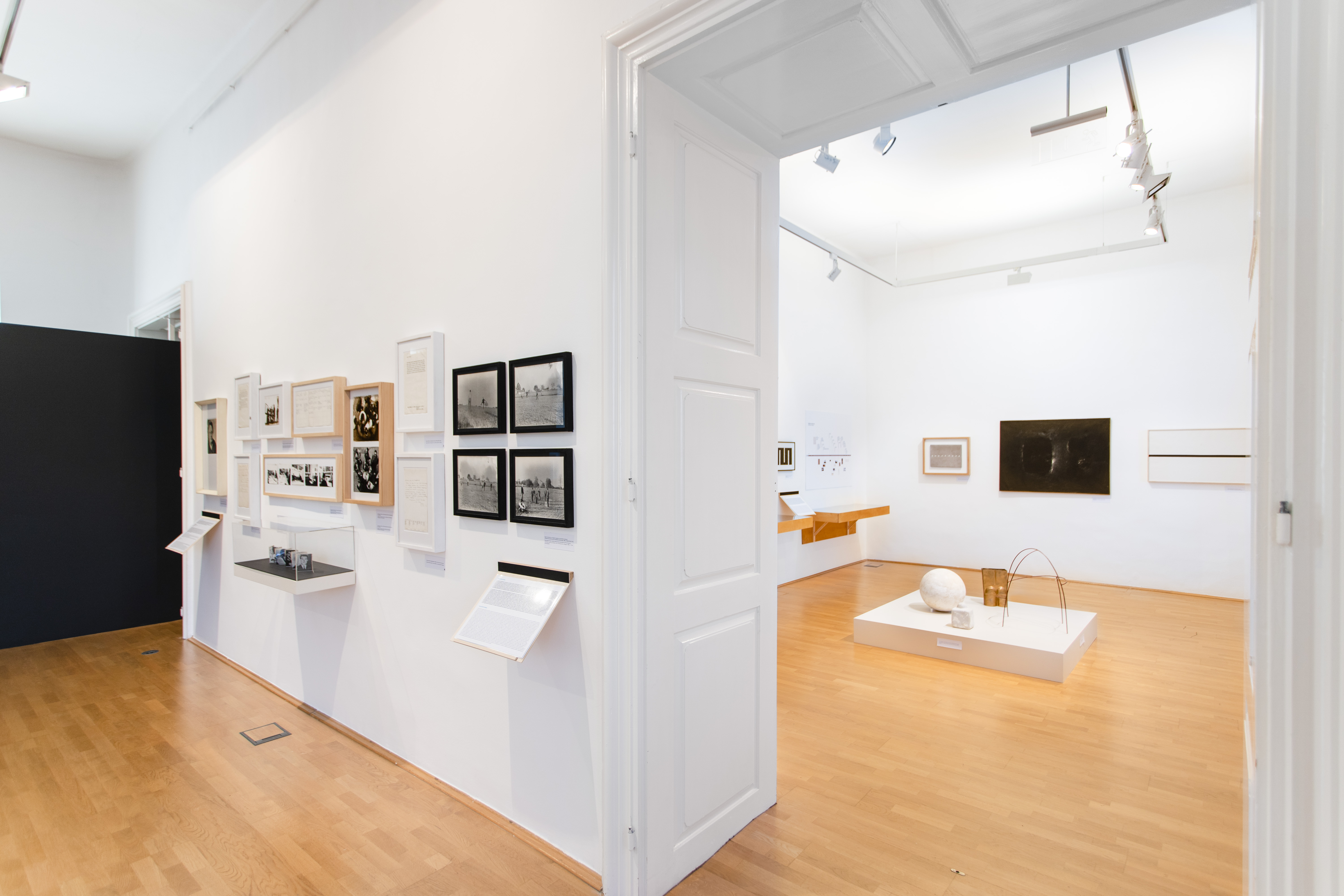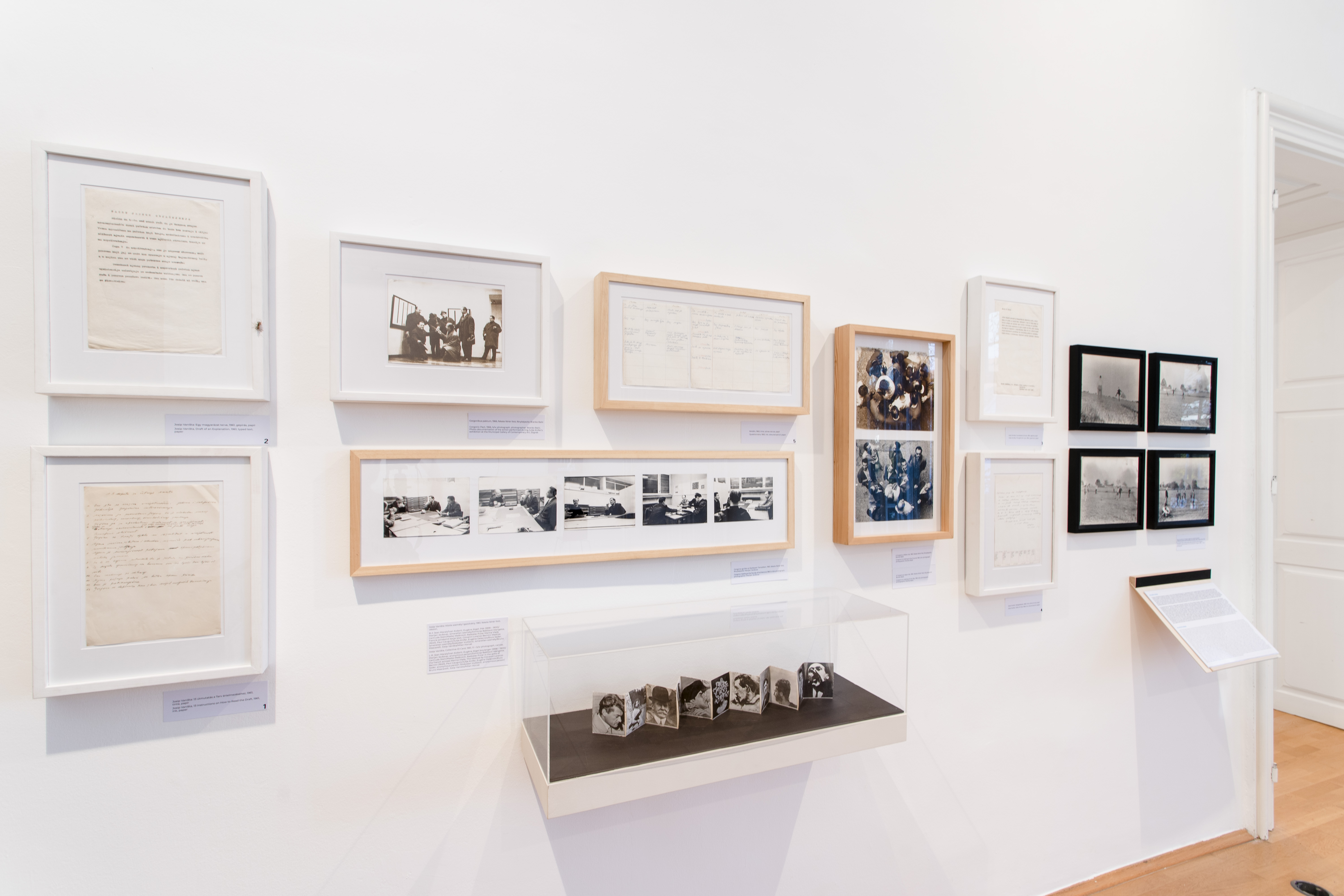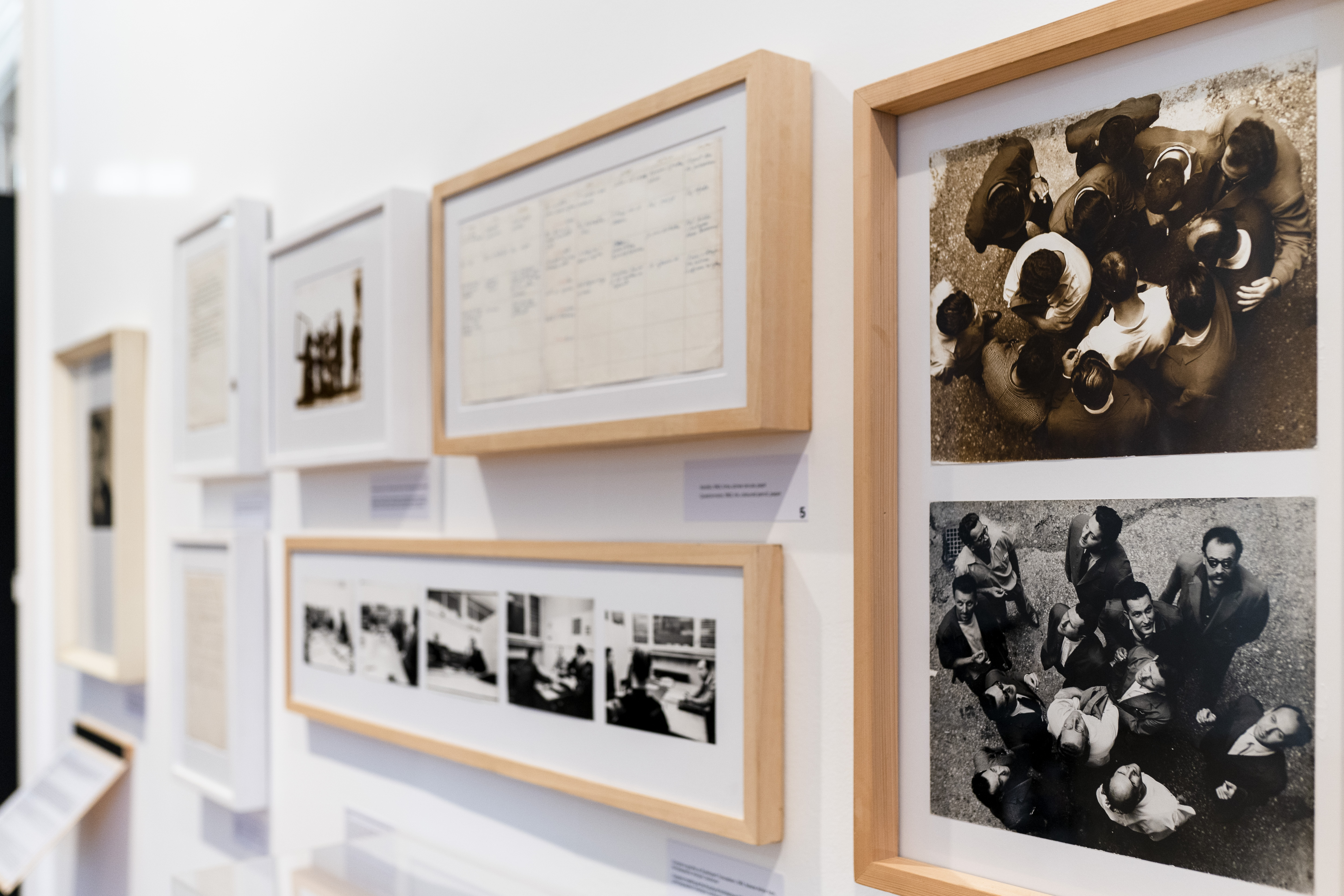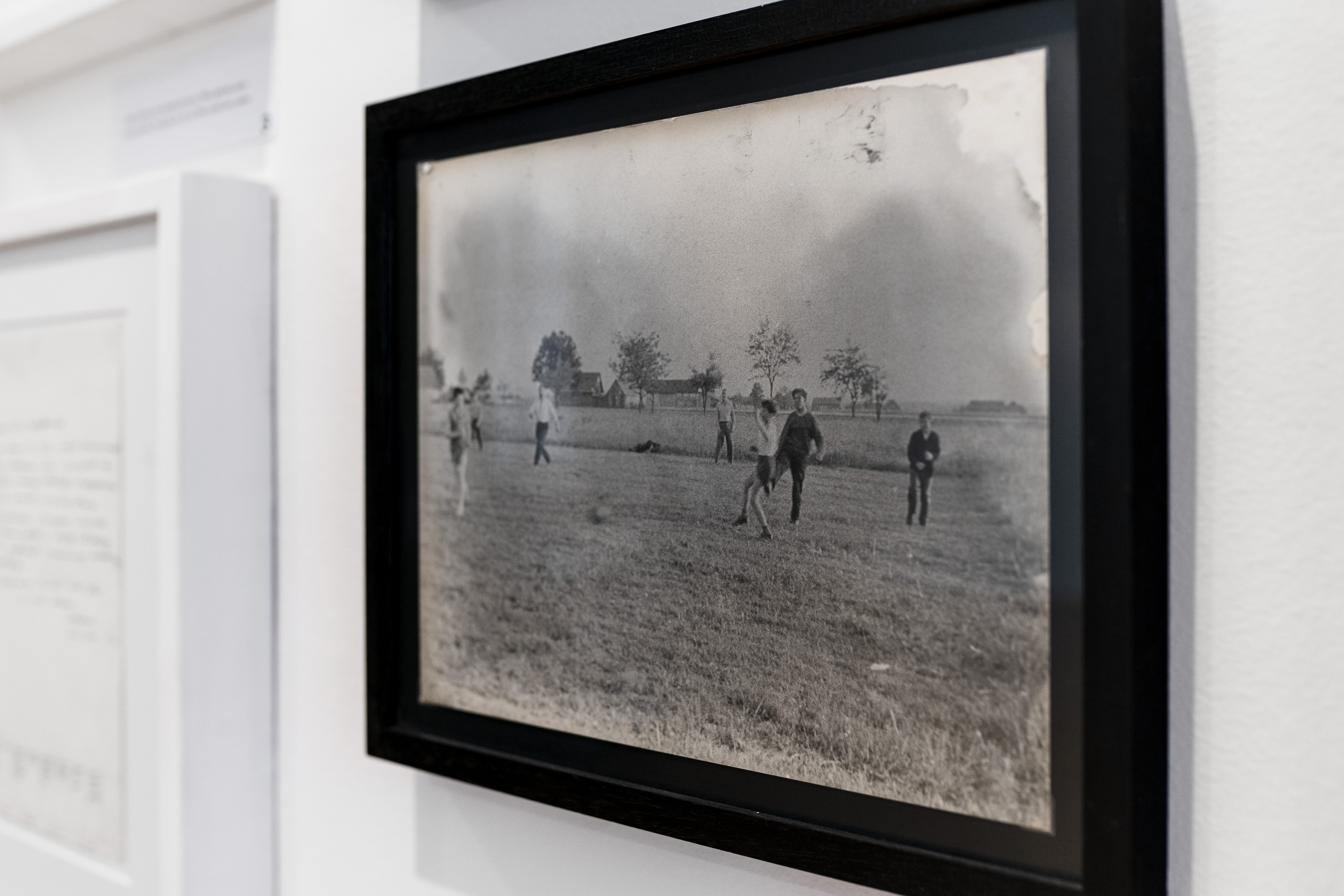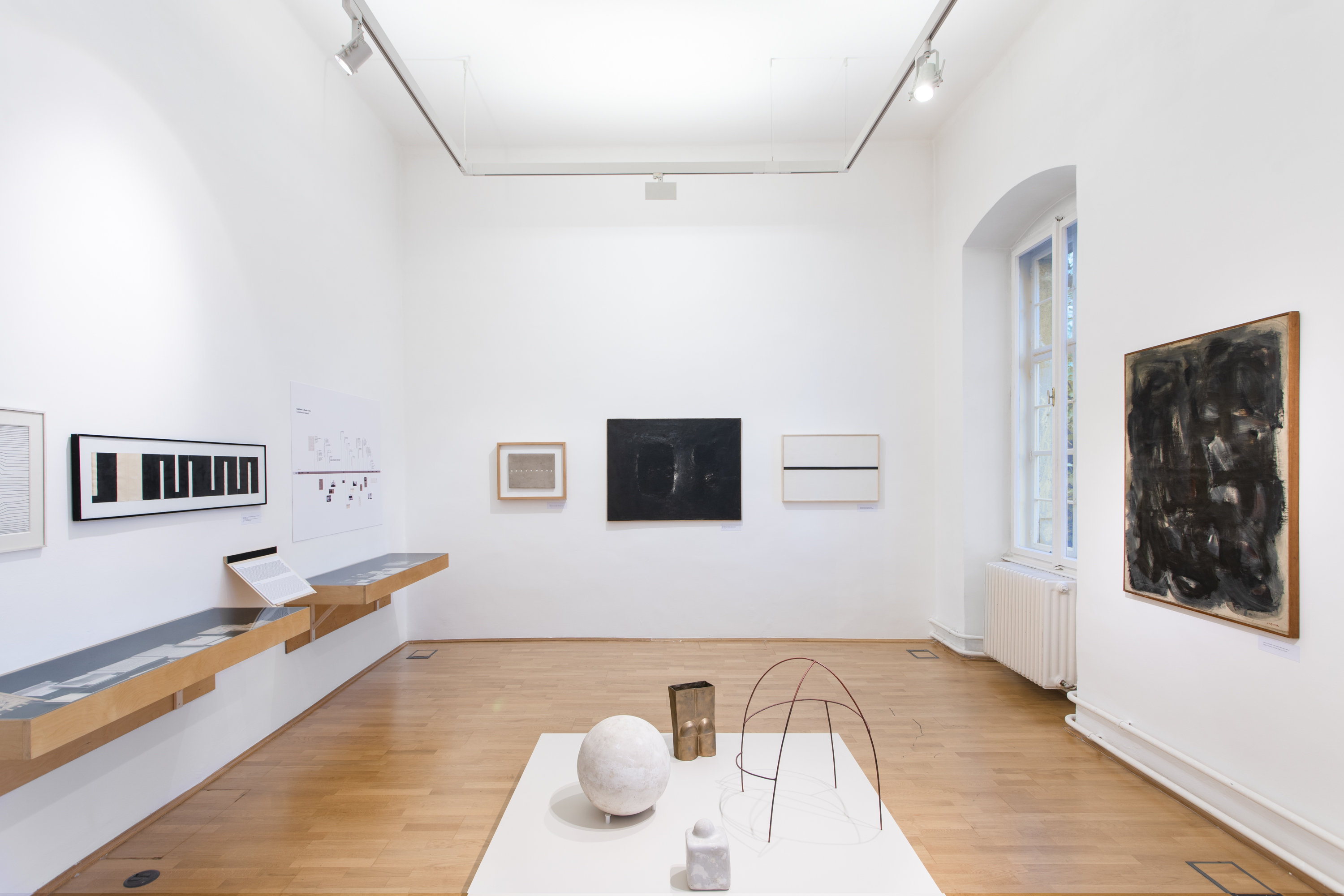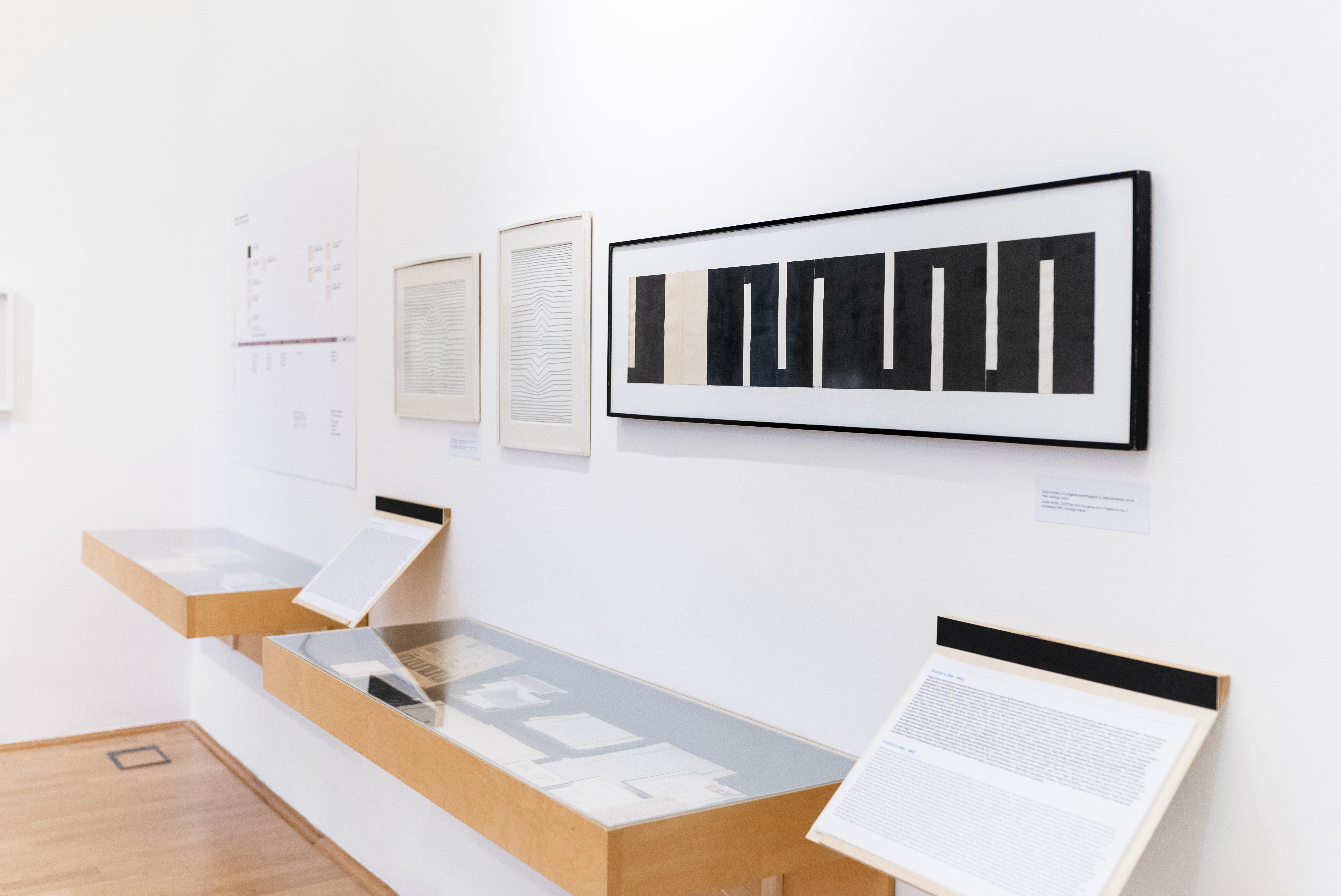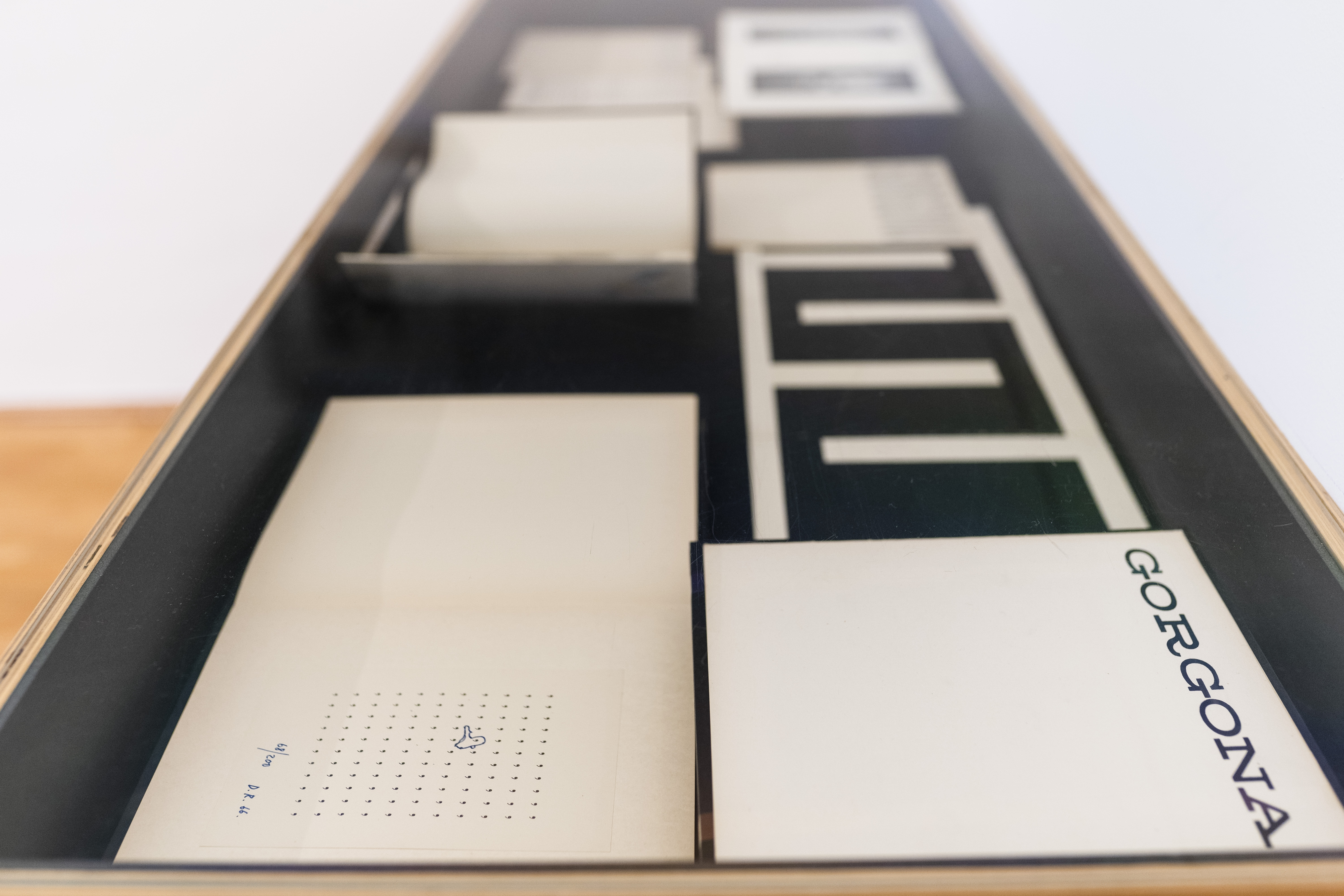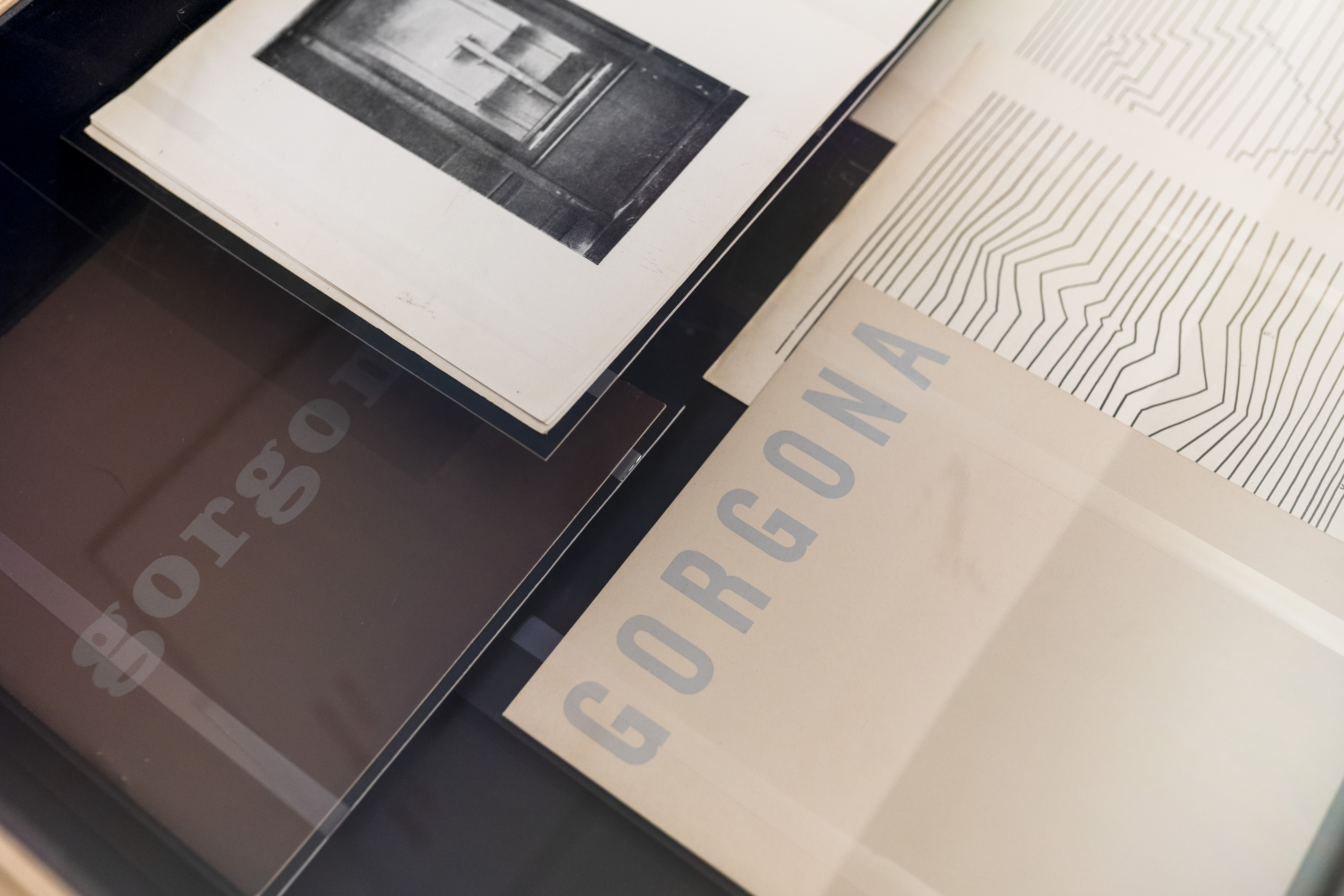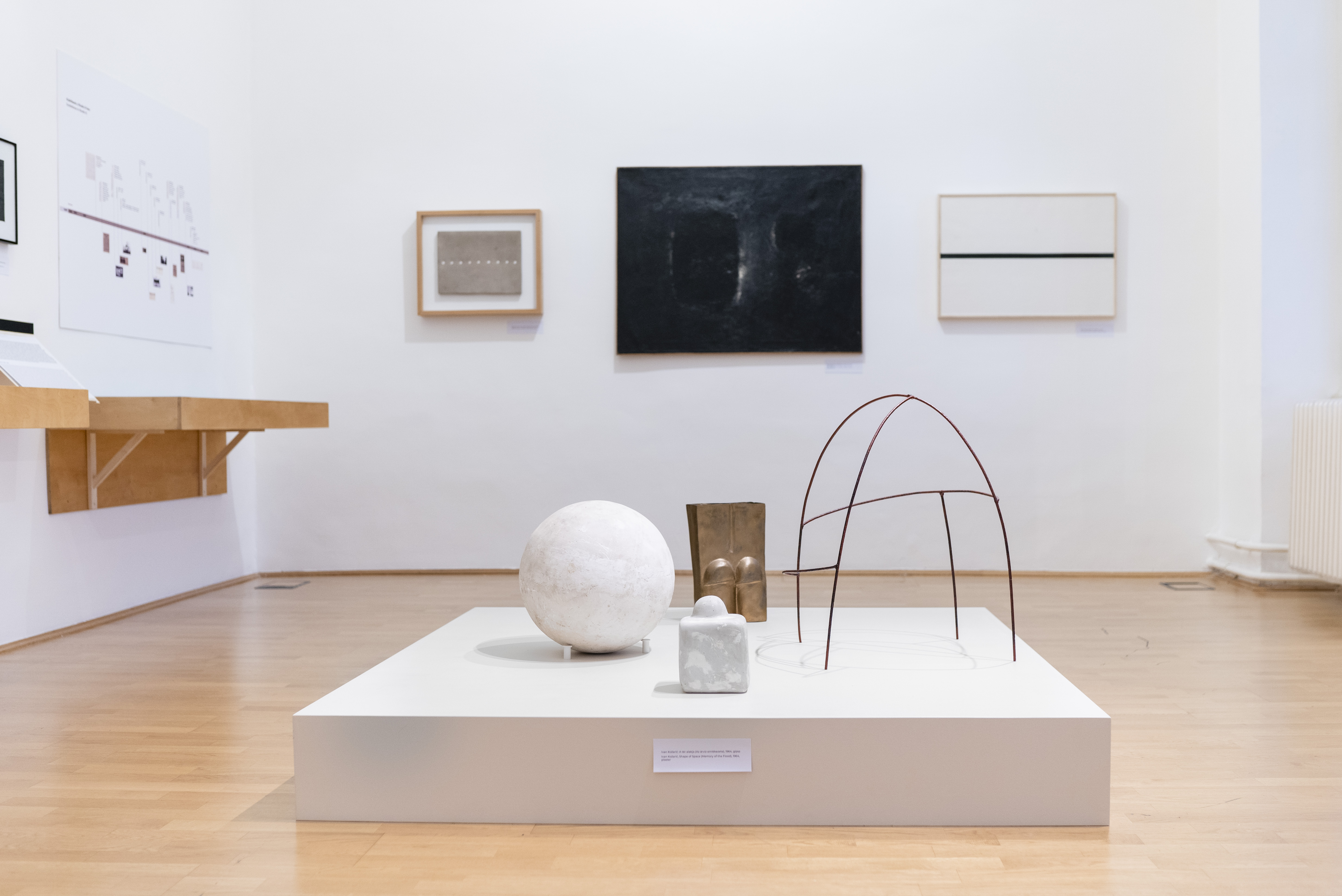GORGONA 1959-1968
Independent Artistic Practices in Zagreb
Retrospective Exhibition from the Marinko Sudac Collection
During the period of socialism, art in Yugoslavia followed a different path from that in Hungary. Furthermore, its issues, reference points and axes were very different from the trends present in other Eastern Bloc countries. Looking at the situation using traditional concepts and discourse of art in Hungary, one can see the difference in the artistic life and cultural politics of those decades in Yugoslavia, which was between East and West at that time.
The Gorgona group was founded according to the idea of Josip Vaništa and was active as an informal group of painters, sculptors and art critics in Zagreb since 1959. The members were Dimitrije Bašičević-Mangelos, Miljenko Horvat, Marijan Jevšovar, Julije Knifer, Ivan Kožarić, Matko Meštrović, Radoslav Putar, Đuro Seder, and Josip Vaništa. The activities of the group consisted of meetings at the Faculty of Architecture, in their flats or ateliers, in collective works (questionnaires, walks in nature, answering questions or tasks assigned to them or collective actions). In the rented space of a picture-framing workshop in Zagreb, which they called Studio G and independently ran, from 1961 to 1963 they organized 14 exhibitions of various topics - from solo and collective exhibitions by group's members and foreign exhibitors to topical exhibitions.
The group published its anti-magazine Gorgona, one of the first samizdats post WWII. Eleven issues came out from 1961 to 1966, representing what would only later be called a book as artwork. The authors were Gorgona members or guests (such as Victor Vasarely or Dieter Roth), and several unpublished drafts were made, including three by Piero Manzoni.
Showcasing the international relations of the magazine to demonstrate the flow of art-related information, the interactions of different trends, and the organization of neo-avant-garde networks, the exhibition connects organically to the research on journals pursued by the Kassák Museum for several years now. The exhibition is a selection from the Marinko Sudac Collection from Zagreb, the largest and most complete private collection of Eastern European avant-garde and neo-avant-garde radical art.
The group had its first retrospective exhibition in 1977, and from then followed its international revalorisation, including participation in some of Europe's most important post-war art exhibitions. The group's monograph, with the text by Ješa Denegri (and additional texts by Ivana Janković and Željko Kipke), was published last year by the Institute for the Research of the Avant-Garde from Zagreb and the Marinko Sudac Collection.
Curators: Dorotea Fotivec and Ivana Janković
Assistant Curator: Zsófia Drienyovszki
Design: Klára Rudas
The exhibition came to life in the cooperation of the Institute for the Research of the Avant-Garde, Zagreb and the Marinko Sudac Collection.
Sponsored by: Atlantic Grupa, Valamar Riviera
Gorgona group: Gorgona is Looking at the Sky, 1961, b/w photograph, photographer: Branko Balić© Marinko Sudac Collection
Press kit

